Introduction
Drawing skulls has captivated artists and art lovers for centuries. This article explores the intricate art of skull drawing, including its history, techniques, and symbolism. Whether you are an art enthusiast or an aspiring artist, this guide will help you understand and appreciate the craftsmanship involved in creating detailed skull drawings.
Historical Context
Skull drawings have a rich history in art, representing themes like mortality and the passage of time. Artists from various periods, including the Renaissance and Baroque eras, have used skulls to convey deep meanings. For example, Leonardo da Vinci’s anatomical studies of skulls show incredible precision and detail, reflecting his interest in human anatomy and the transient nature of life.
Artistic Techniques
Mastering Techniques for Realistic Skull Drawings
Creating a detailed skull drawing involves several key techniques:
- Understanding Proportions: Start with the basic shape of the skull. Focus on the proportions of features like eye sockets, nasal cavity, and jawline.
- Shading and Texture: Use different pencils (from hard to soft) to create gradients and depth. Pay attention to light and shadow to add realism. Techniques like cross-hatching and stippling can enhance texture.
- Detailing: Add intricate details such as teeth and sutures. Blending tools like tortillons or blending stumps can help create smooth transitions.
Digital Drawing Techniques
Modern tools offer new ways to create skull artwork:
- Digital Software: Programs like Adobe Photoshop or Procreate allow precise control over lines and colors.
- Tablets and Styluses: Draw directly on a tablet with a stylus, mimicking traditional techniques with digital precision.
- Layering and Special Effects: Use layers to refine sketches and add effects to enhance textures and lighting.
Step-by-Step Guide to Drawing a Skull
Beginner’s Guide to Drawing a Skull
Follow these steps to create your own skull drawing:
- Sketch the Basic Structure: Start with a light sketch outlining the overall shape of the skull. Focus on symmetry and proportions.
- Define Features: Add details such as eye sockets, nasal cavity, and jawline. Use reference images for accuracy.
- Shade and Add Shadows: Begin shading from light to dark, following the natural contours of the skull. This enhances dimensionality.
- Add Details: Gradually add finer details like teeth and surface textures. Use different pencil grades and blending tools.
- Refine and Finalize: Review your drawing and make any necessary adjustments. Add final touches to enhance realism.
Essential Tools and Materials
To create a high-quality skull drawing, you will need:
- Pencils: Ranges from 2H (hard) to 6B (soft) for different shading needs.
- Paper: High-quality drawing paper with a slight texture to hold graphite.
- Erasers: Kneaded erasers for highlights and precision erasers for small details.
- Blending Tools: Tortillons or blending stumps for smooth shading transitions.
Historical and Cultural Significance
Skulls have been used in art and culture to symbolize various themes:
- Mortality and Transience: Many cultures use skulls to represent the cycle of life and death.
- Spirituality and Ritual: In some traditions, skulls symbolize spiritual transformation and ancestral connections.
- Artistic Motif: Throughout history, skulls have been used to explore existential themes and societal critiques.
Inspirational Examples
Here are some notable artists who have mastered the art of skull drawing:
- Leonardo da Vinci: Known for his detailed anatomical drawings of skulls.
- Damien Hirst: A contemporary artist who uses skulls to explore themes of mortality and consumer culture.
- Frida Kahlo: Incorporates skulls in her self-portraits, reflecting Mexican folk art and symbolism.
Engaging with the Art of Skull Drawing
Understanding the story behind a skull drawing can make it more engaging. Look for interesting anecdotes or historical context related to the artwork. Interactive elements like quizzes or video tutorials can also enhance the learning experience.
Conclusion
Skull drawing is more than just an artistic technique; it is a profound exploration of human anatomy, symbolism, and creative expression. By mastering the art of drawing skulls, artists contribute to a rich tradition that spans cultures and centuries. Whether through traditional or digital mediums, this art form allows for a deep exploration of life and death, offering viewers new insights into the human condition.



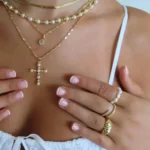




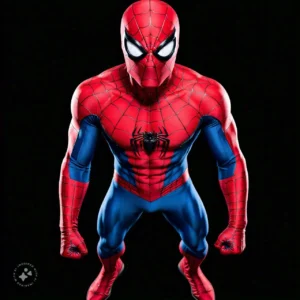
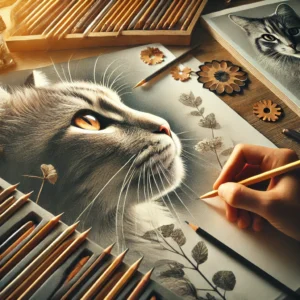





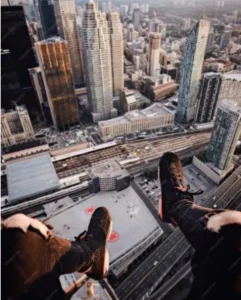
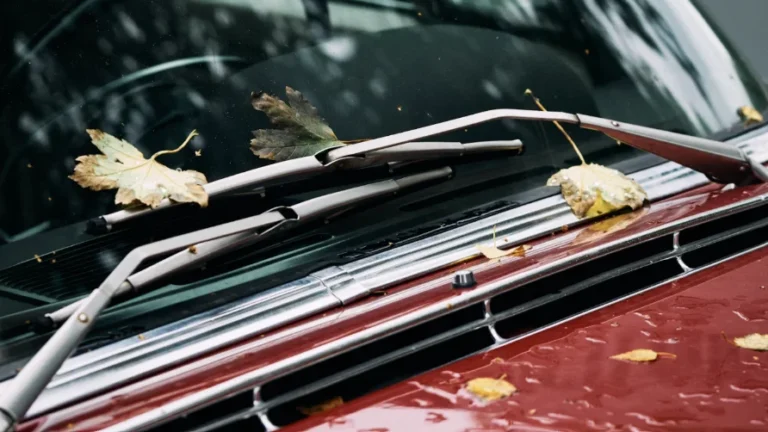


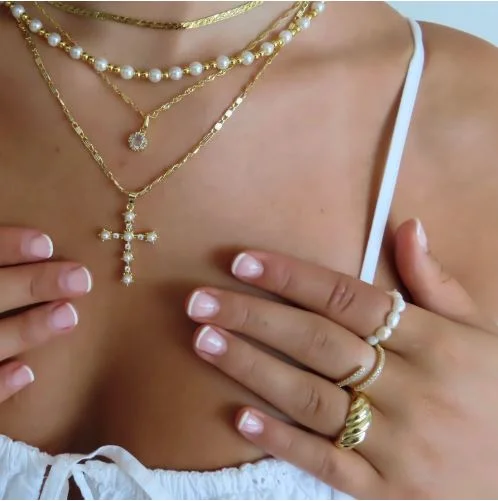


+ There are no comments
Add yours